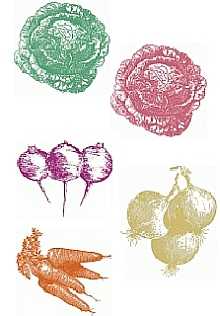
Copyright Vitality Foods Ltd 2010

Preserving tradition with technology
Vitality Foods

Lacto fermentation
The challenge - controlling the process
Traditional lacto fermentation is uncontrolled and spontaneous. The results are inconsistent and can be unstable. Many factors can affect the final product, for example:
- Vegetable freshness and quality
- Fermentation time
- Temperature
- Salt quality and content
- Secondary fermentation
- Changing their authentic flavour, colour and texture
- Reducing their nutritional value
- Killing the beneficial lactic-acid-producing bacteria
Vinegar, pasteurisation or chemical preservatives are often used commercially to produce uniform, shelf-stable products. These methods affect the quality of the products by:
The solution
Large-scale production of traditional lacto fermented vegetables requires a scientific approach and precisely controlled production.
- Fermentation time is shortened
- Secondary fermentation is controlled
- Salt levels are reduced compared to regular pickles
- Precise techniques ensure consistent, stable production, even on a commercial scale
- The final products retain the flavour, colour and texture of traditionally-fermented vegetables, as well as all their important health benefits.
With our unique mixed-strain starters and tested procedures:
